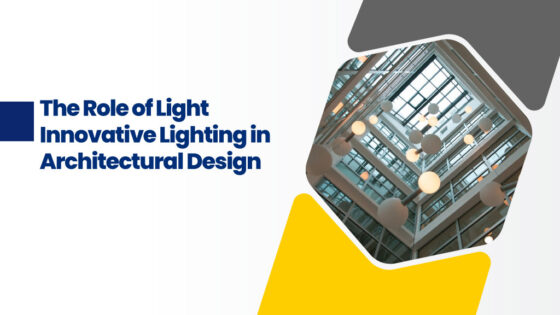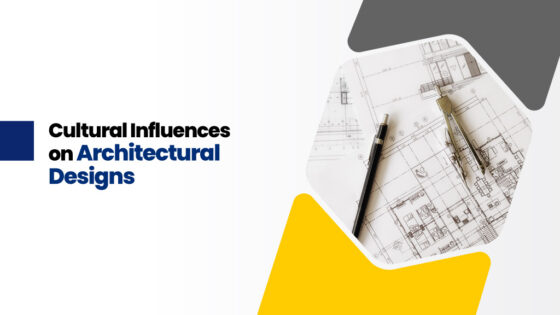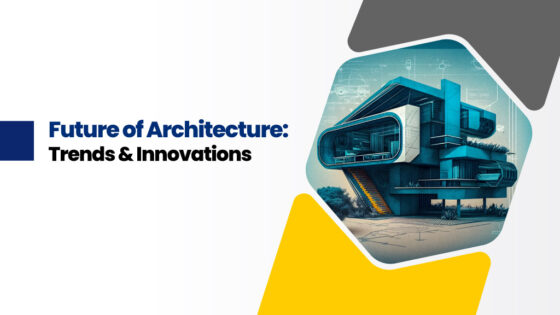The Internet of Things in architecture is to make it easier for people to link, monitor and regulate data. This technology helps to offer both design and practice in developing smart buildings. Today, architecture is intended to develop in areas like energy efficiency, safe and sustainability, incorporating advanced technologies and systems to create an intelligent and automated environment. Students have a huge scope in architecture field hence the top architecture colleges in South India integrate new innovations in creating best future. In this article, learn the key aspects of integrating IoT and automation in architectural designs for smart buildings.
What are the components of smart buildings?
- IoT devices with sensors
IoT sensors are installed throughout the structure to gather information on a variety of factors, including temperature, humidity, occupancy, lighting intensity, air quality and energy usage. The building management system can optimize resource use, modify the environment and respond to client needs. Thanks to the real-time data these sensors offer!
- Energy Management
The goal of IoT-enabled smart buildings is to use less energy and produce less carbon dioxide. BMS may optimize energy use by modifying HVAC systems, lighting controls and scheduling equipment operations depending on usage trends and energy consumption through real-time data analysis.
To further maximize energy efficiency, building automation systems can be integrated with smart grids, energy storage technologies and renewable energy sources.
- Productivity
IoT and automation technologies help to increase client productivity and comfort. Based on user preferences and external factors, smart buildings can continuously alter the temperature, lighting and air quality. Through connected devices and applications, automation systems may also optimize space utilization, make room reservations easier and offer personalized services.
- Security
Security elements including access control, video surveillance and emergency response systems are all integrated into smart buildings. IoT-enabled sensors and automation systems may monitor vital infrastructure, identify anomalies and respond to emergencies by launching the proper procedures for alerts and notifications.
- Predictive analysis
With the help of sensors, it is easy to detect problems, irregularities or other issues. Predictive maintenance algorithms can enable preventive maintenance, decrease downtime and increase the lifespan of building assets by analyzing data from these sensors to identify potential faults in advance.
- Integration
Smart buildings can be included into larger smart city ecosystems, enabling them to communicate with other forms of urban infrastructure, including transportation networks, utility grids, and waste management. This integration encourages collaboration between various industries and makes it possible to optimize sustainability and resource use holistically.
What is the role of architects in smart buildings?
Architects are essential to the planning and development of smart buildings. They are in charge of making sure that all of the building’s systems and technological advancements are seamlessly incorporated into its design. So, the architects who completed five-year course in the best architecture colleges in south India should know the benefits of smart buildings. The key roles for architects are,
- Balancing functionality and aesthetics when constructing smart buildings is one of the biggest problems architects confront.
- Technologies need to be integrated in a way that reflects in the overall design and is aesthetically attractive.
- Architects must think about where to put sensors and control systems to make sure they are discrete and do not obstruct the design of the building.
- Smart building design and construction require the expertise of architects.
- They must strike a balance between practicality and aesthetics while taking the needs of the environment into account.
How do interior designers help in smart building development?
For residents of smart buildings, to experience comfort and convenience, interior designers are essential. They are in charge of making sure that the interior decor of the building is aesthetically pleasing, useful and consistent with the demands and tastes of the building’s tenants.
It is considered to be one of the biggest issues for interior designers to balance the building’s aesthetic design and focus on smart building technologies. You can also learn the creative designs that match the current generation by pursuing a B.Des. course.
Conclusion:
It is evident that smart buildings revolutionized the construction and architecture industries by providing a comfortable, practical and environment-friendly atmosphere. The architecture or building structures include modern technology and systems that provide an automated environment which is safer, secure and sustainable. The top B. Des. colleges in Coimbatore need to educate the students about these current trends and the advantages of smart buildings for future generations. However, on the other side, they also need to give attention to the causes like expensive materials, data security issues and various challenges. So, today companies are expecting to deliver structures from architects, designers or construction companies which are more creative, practical and ecological.






